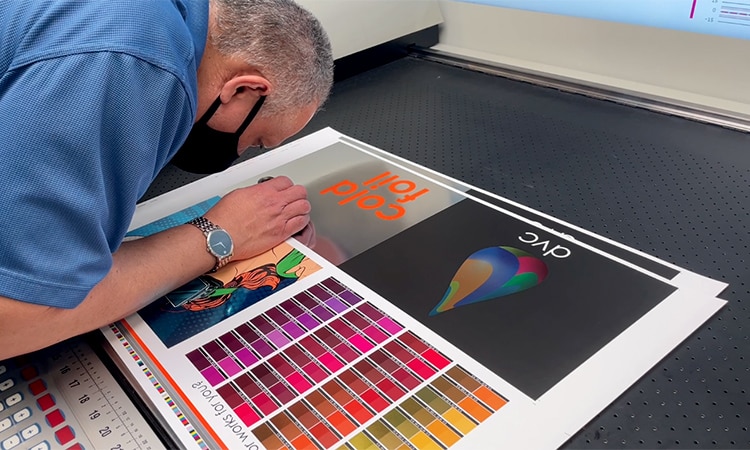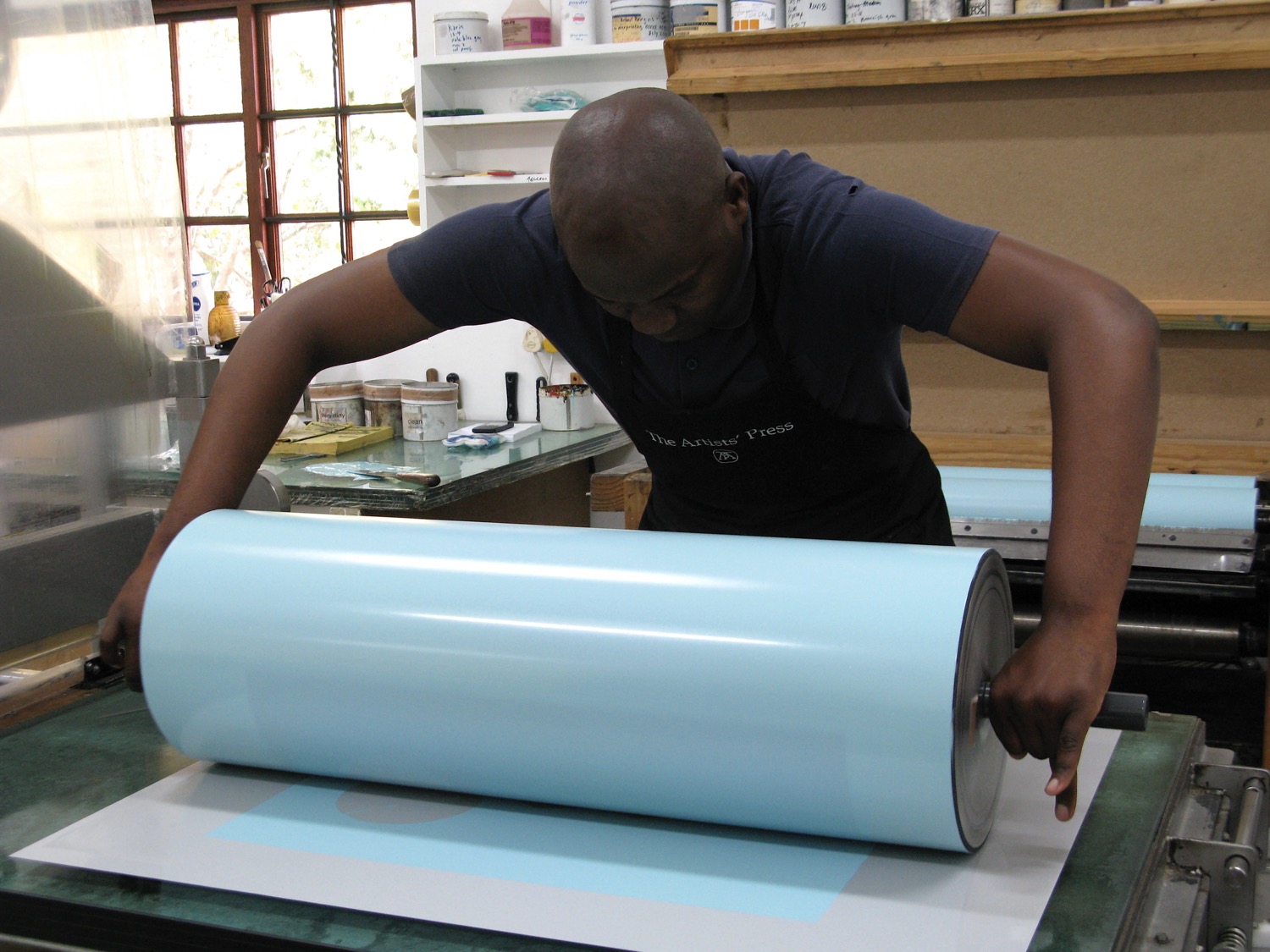litho printing for Magazines, Leaflets, and Pamphlets
litho printing for Magazines, Leaflets, and Pamphlets
Blog Article
A Comprehensive Guide to Recognizing Litho Printing Techniques
The world of litho printing, a method stemming from the late 18th century, is a fascinating mix of history, art, technology and scientific research. Keep with us as we trip into the exciting realm of litho printing.
The Historical Evolution of Litho Printing
The historic trajectory of litho printing, a critical innovation in the world of communication, is a fascinating tale of human resourcefulness. Birthed in the late 18th century by Alois Senefelder, this strategy was originally an economical method of releasing staged works. Lithography, originated from the Greek words for 'stone' and 'to compose', used a smooth stone surface to move photos onto paper. The procedure advanced with the development of the rotary press, which significantly enhanced performance (litho printing). In the 20th century, the development of countered lithography revolutionized the market, permitting mass manufacturing of premium prints. Each stage of litho printing's advancement showcases humankind's unrelenting search of efficiency and quality in visual interaction.
Decoding the Scientific Research Behind Litho Printing Inks
Moving ahead in the exploration of litho printing strategies, the focus currently changes to the science behind litho printing inks. The structure of these inks, their drying out process, and color mixing methods form the foundation of this complicated art form. Comprehending these elements is critical to understanding the craft and attaining the desired print results.
Composition of Litho Inks
In lithographic printing, the fundamental function of litho inks can not be overemphasized. Pigments, the color-providing components, are finely ground bits put on hold in the automobile, a fluid that lugs the pigment onto the printing surface area. Each element plays a critical part in the last print's high quality, making the precise formulation of litho inks a complex scientific research.
Ink Drying Refine
From the structure of litho inks, attention turns to the remarkable process of ink drying out. The drying process is vital, as it influences the last print's top quality and durability. Two key methods are used in litho printing: oxidative drying out and absorption. Oxidative drying entails the ink responding with oxygen in the air to create a hard, completely dry film. This approach gives a sturdy coating, yet can be slower compared to absorption. Absorption, on the other hand, entails the ink permeating right into the paper fibers, which is a much faster procedure however can lead to less vivid colors. The selection between these methods depends on aspects such as print rate demands, the paper kind made use of, and the preferred coating.
Color Mixing Techniques
While the drying procedure plays an essential role in litho printing, the scientific research of shade mixing strategies holds equivalent relevance. The scientific research behind litho printing inks additionally takes into account the transparency of the ink, which influences just how shades overlay and mix.
The Art and Style Aspects in Litho Printing
Litho printing takes a breath life right into art and design via its distinct components. The process entails developing an image on a lithographic sedimentary rock plate or metal plate with a smooth surface area. The photo is then published onto a medium, generally paper, by transferring the ink from the plate. What collections litho my response printing apart is its ability to reproduce intricate layouts with high fidelity, making the result virtually the same to the original art work. This is achieved with the use of various line strategies such as hatching, stippling, and cross-hatching, which permit a series of tonal results. In addition, litho printing accommodates a variety of colors, enabling musicians to develop dynamic and dynamic prints. This combination of precision and convenience makes litho printing a favored option for many artists and developers.
Modern Applications of Litho Printing Techniques
Litho printing techniques have found comprehensive usage in the modern-day commercial sector. Its influence and relevance remain to expand with the advent of new developments and technologies in the field. This section will certainly explore these modern applications and the transformative duty they play in the printing you could look here industry.
Commercial Litho Printing Utilizes
Litho printing remains a crucial part of the commercial field. High-volume printing jobs, such as the production of books, papers, and packaging, rely on litho printing for its capacity to provide remarkable image quality and expense effectiveness. Litho printing likewise gives a broad color spectrum, superior to that of electronic printing.
Advancements in Litho Printing
Pushing the limits of traditional strategies, modern-day innovations have sustained a host of innovations in litho printing. These advancements have not just improved the quality and performance of litho prints however likewise expanded its application extent. One noticeable development is digital litho printing, which incorporates the virtues of electronic modern technology with litho's premium result. This hybrid version offers faster arrangement times, minimized waste, and allows on-demand printing. An additional remarkable development is the intro of ecologically friendly inks. These inks, made from vegetable or soy-based options, have actually dramatically reduced the industry's ecological effect. litho printing. Furthermore, the development of innovative plate innovation has streamlined the printing procedure, resulting in sharper photos and improved shade fidelity. These technologies underscore the enduring significance of litho printing in the modern-day globe.
Discovering the Refine of Litho Printing: Step by Action

Obstacles and Solutions in Contemporary Litho Printing

Regardless of the accuracy and practice that litho printing happily promotes, it is not without its collection of modern challenges. The most prevalent issues include the high preliminary configuration price, trouble in printing variable data, and ecological concerns due to chemical use. Options are emerging as modern technology develops. Digital litho printing enables cost-effective brief runs and simple personalization, dealing with the issue of variable information. Environmentally-friendly inks and much safer plate-making procedures reduce ecological concerns. Furthermore, innovations in automation have actually lowered labor prices, even more equalizing the lithography process. Therefore, while there are challenges, the litho printing market is proactively adapting to fulfill them head-on, guaranteeing its significance in the future.
Conclusion
In conclusion, litho printing, with its abundant background and scientific complexities, holds a considerable place in the print industry. The future of litho printing hinges on its ability to adapt to these altering needs, affirming its long-lasting value in an advancing market.

Report this page